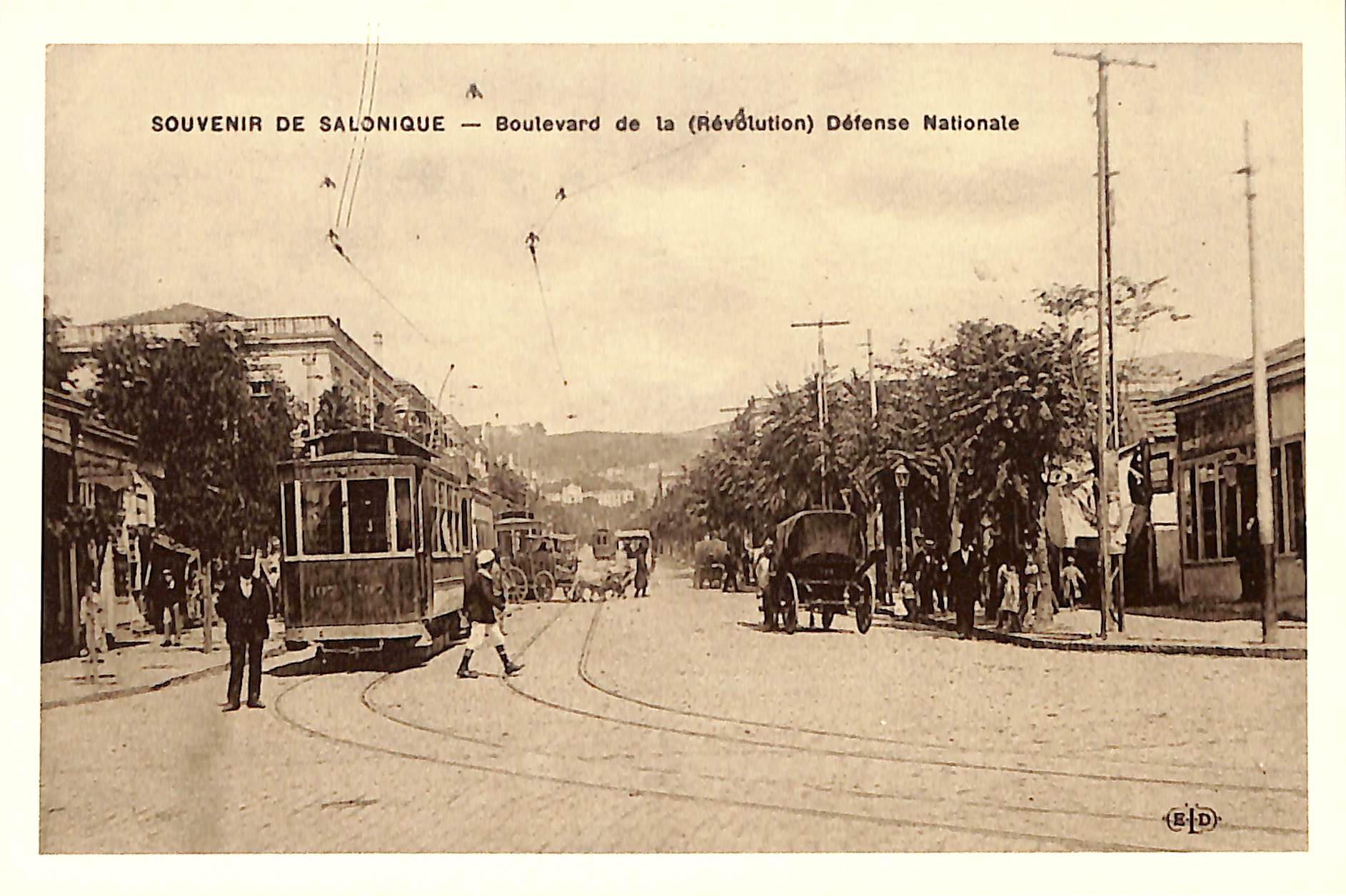
4/28/2025 4:25:35 PM
The Thessaloniki tram
Trams first appeared in Thessaloniki as a means of public transportation in the late 19th century, at a time when the city was a major metropolis of the Ottoman Empire in the Balkan Peninsula. Thessaloniki’s first tram, which began operating in 1893, was horse-drawn, that is, powered by horses. The construction and operation of the city’s tramways were assigned by the Ottoman authorities to a Belgian company, which also undertook the electrification of the city. In 1905, the horse-drawn carriages were placed on rails, and by 1907–1908, the tramways became electric. The city was illuminated with electric lighting by the same Tram and Electricity Company. During the first decade of the 20th century, Thessaloniki was modernizing, and electricity was beginning to make life easier for its residents. Life was also becoming faster-paced, as the first electric tram began service in 1908. Thirty vehicles were ordered from a Belgian factory, capable of reaching speeds of 15 to 20 km per hour. For the following decades, this mode of transport would become a favorite among Thessalonians, until the 1950s. The tram's decline began in 1954 when the 25th March line was dismantled and the rails were removed from Vasileos Georgiou and Vasilissis Olgas streets. Finally, in 1957, tram service in the city was permanently discontinued. Pictured: The electric tram on Hamidye Street (now Ethnikis Amynis Street) in Thessaloniki in the early 20th century. In the background, the Municipal Hospital can be seen.
©Municipal Photography Museum of Kalamaria ‘Christos Kalemkeris’.

